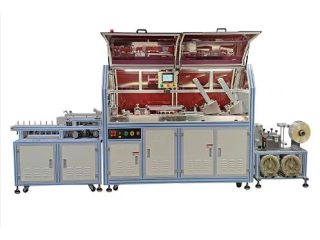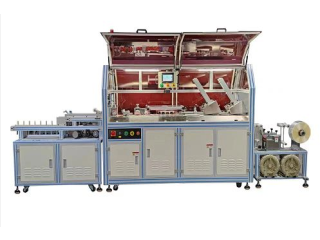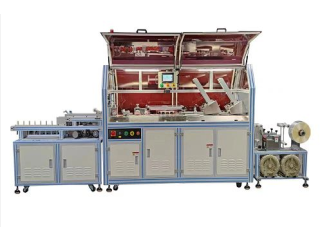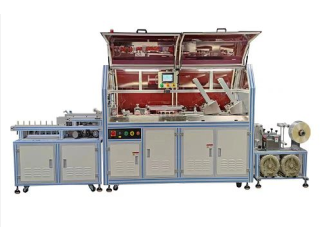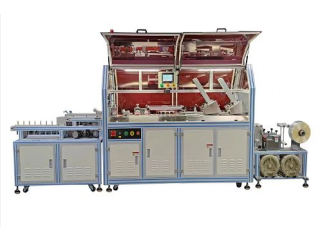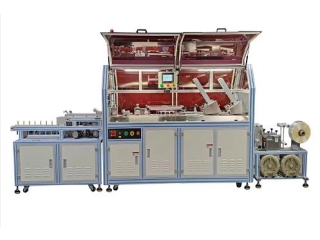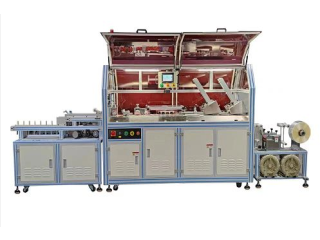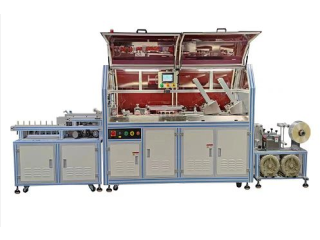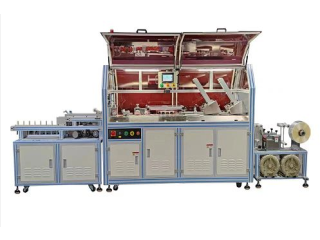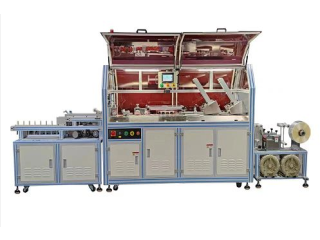What is Powder Coating?
Nov 9th, 2022 at 11:58 Automobiles Battagram 224 viewsPowder coating is a dry finishing process that has become extremely popular since its introduction in North America over in the 1960s. Representing over 15% of the total industrial finishing market, powder is used on a wide array of products. More and more companies specify powder coatings for a high-quality, durable finish, allowing for maximized production, improved efficiencies, and simplified environmental compliance. Used as functional (protective) and decorative finishes, powder coatings are available in an almost limitless range of colors and textures, and technological advancements have resulted in excellent performance properties.
How Powder Coating Works
Powder coatings are based on polymer resin systems, combined with curatives, pigments, leveling agents, flow modifiers, and other additives. These ingredients are melt mixed, cooled, and ground into a uniform powder similar to baking flour. A process called electrostatic spray deposition (ESD) is typically used to achieve the application of the powder coating to a metal substrate. This application method uses a spray gun, which applies an electrostatic charge to the powder particles, which are then attracted to the grounded part. After application of the powder coating, the parts enter a curing oven where, with the addition of heat, the coating chemically reacts to produce long molecular chains, resulting in high cross-link density. These molecular chains are very resistant to breakdown. This type of application is the most common method of applying powders. Powder coatings can also be applied to non-metallic substrates such as plastics and medium density fiberboard (MDF).
Sometimes a powder coating is applied during a fluidized bed application. Preheated parts are dipped in a hopper of fluidizing powder and the coating melts, and flows out on the part. Post cure may be needed depending on the mass and temperature of the part and the type of powder used. No matter which application process is utilized, powder coatings are easy to use, environmentally friendly, cost effective, and tough!
Powder coating is a high-quality finish found on thousands of products you come in contact with each day. Powder coating protects the roughest, toughest machinery as well as the household items you depend on daily. It provides a more durable finish than liquid paints can offer, while still providing an attractive finish. Powder coated products are more resistant to diminished coating quality as a result of impact, moisture, chemicals, ultraviolet light, and other extreme weather conditions. In turn, this reduces the risk of scratches, chipping, abrasions, corrosion, fading, and other wear issues.
It's tough. It looks great. And it lasts a long, long time. In addition to being durable, powder coating is an attractive choice due to environmental advantages.
What role does static electricity play in powder coating?
There is static electricity from more than one source when dealing with powder coating application. As you probably already know powder coatings are electrostatically charged typically by a corona mechanism near the tip of the business side (outlet) of the spray gun. This works by very high voltage (80,000 to 100,000 volts) being delivered to the electrode. This high voltage ionizes the air creating a field of electrons or negative charge. (Don’t worry the current is very small, typically micro-amps so the process is relatively safe.) The powder is pneumatically conveyed into this electrostatic field, picks up a charge then heads to the nearest ground. The object of the game is to make your parts the closest ground and then the powder deposits on the surface of said part.So lots of static electricity is generated by the spray system. It’s important to note that static electricity is generated elsewhere in the finishing system. The mere fact that powder particles are being conveyed into fluidizing hoppers, through powder pumps, hoses and spray guns creates static charges. This extraneous generation of charge affects powder deposition and can influence transfer efficiency.



